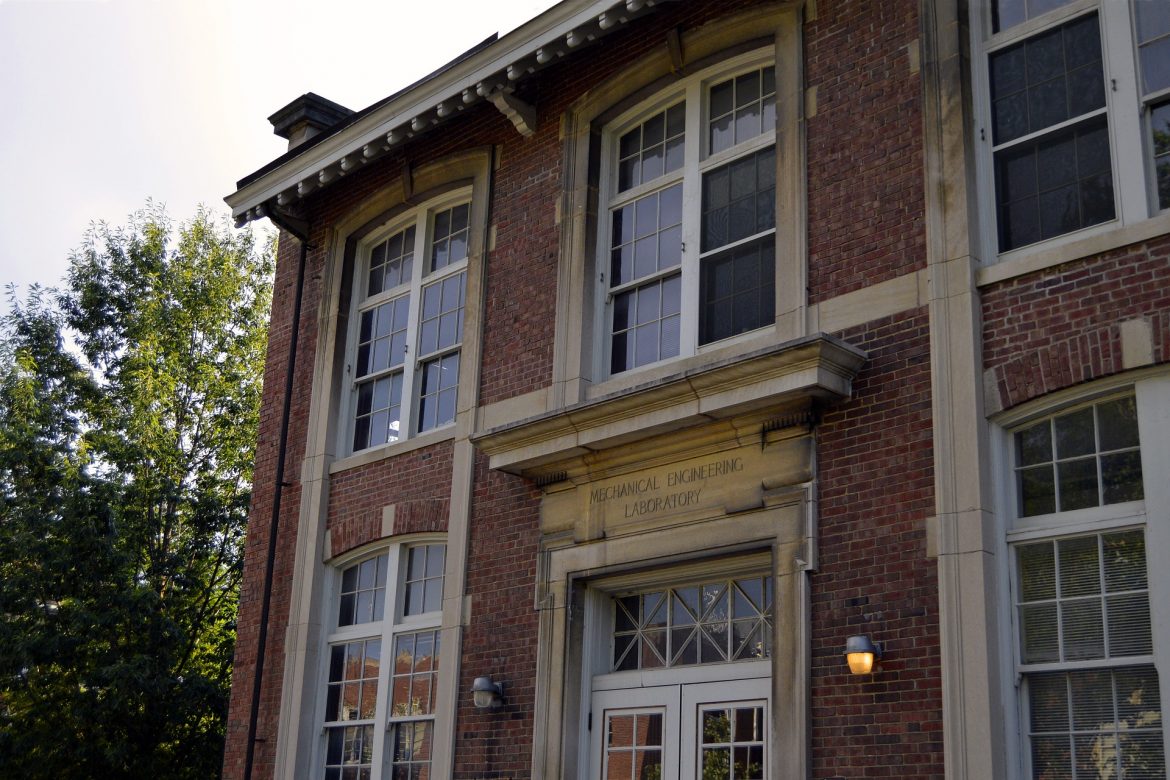Education is the foundation for a prosperous society, and the state of Illinois is no exception. As one of the most populous states in the country, Illinois has made significant progress in improving access to education, particularly in urban areas. However, there are still challenges to be addressed in terms of quality, equity, and access.
Quality of Schools
Illinois has over 4,000 public schools, with a mix of urban, suburban, and rural areas. While the state has made progress in improving the quality of schools, there are still areas that need improvement. According to the Illinois State Board of Education, only about 38% of Illinois students meet or exceed state standards in reading and math. This is a concern, as these skills are essential for success in higher education and the workforce.
To address this issue, Illinois has implemented several initiatives aimed at improving the quality of schools. For instance, the state has implemented the Illinois Quality Counts program, which assesses the performance of schools and provides resources for improvement. Additionally, Illinois has increased funding for schools, particularly in low-income areas, to improve facilities, resources, and teacher salaries.
Higher Education Opportunities
Illinois is home to over 200 colleges and universities, including prestigious institutions such as the University of Chicago and Northwestern University. The state has made significant progress in expanding access to higher education through programs such as the Illinois Promise Scholarship, which provides financial aid to low-income students.
However, the cost of higher education remains a significant barrier for many Illinois students. According to the College Board, the average cost of attendance for in-state students at a public four-year institution in Illinois is over $25,000 per year. This cost is even higher for out-of-state students and students attending private institutions.
To address this issue, Illinois has implemented several initiatives to make higher education more affordable. For instance, the state has increased funding for need-based financial aid programs and implemented a grant program that covers tuition and fees for students attending community colleges.
Programs Aimed at Improving Literacy and Other Skills
Illiteracy and low literacy rates remain a significant challenge in Illinois, particularly in low-income and minority communities. According to the National Assessment of Educational Progress, only about 35% of Illinois fourth-graders are proficient in reading.
To address this issue, Illinois has implemented several initiatives aimed at improving literacy rates, including the Illinois Reading Council and the Illinois Literacy Initiative. These programs provide resources and professional development opportunities for teachers to improve reading instruction.
Additionally, Illinois has implemented programs aimed at improving other skills, such as STEM education. The state has invested in STEM teacher training and implemented programs such as the Illinois Mathematics and Science Academy to provide high-quality STEM education to talented students.
Illinois has made significant progress in expanding access to education and improving the quality of schools. However, there are still challenges to be addressed, particularly in terms of equity and access. By investing in programs aimed at improving literacy rates and expanding access to higher education, Illinois can ensure that all students have the opportunity to succeed.



